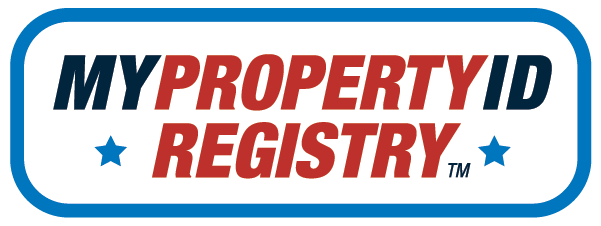The DCMA stands for the Defense Contract Management Agency. The DCMA is very particular about how government furnished property (GFP) with serial numbers is tagged, labeled or marked as being under the control of a particular contractor or subcontractor.
Think of a motor vehicle license plate
A licence plate is a very visible feature on a motor vehicle. It’s always on the back of the car and consists of the name of the issuing state and a series of human-readable numbers and letters. Its purpose is to link the rightful owner of the car to the vehicle identification number (VIN), and is used by law enforcement agencies to protect citizens and property.
The DCMA requires the same strategy
There are a number of places in the DCMA’s Guidebook for Government Contract Property Administration, March 2020, that specifically mention tagging, labeling and marking.
https://www.dcma.mil/Portals/31/Documents/Contract%20Property%20Guidebook/Contract_Guidebook_Mar2020.pdf
- Fundamental identification requirement: FAR 52.245-1(f)(1)(ii): “The Contractor shall…identify as Government owned in a manner appropriate to the type of property (e.g., stamp, tag, mark, or other identification)…”
- Mandatory clause: DFARS 252.245-7001, “Tagging, Labeling and Marking of Government Furnished Property.”
- Marking may consist of, but is not limited to, bar codes, decals, engraving, etching, painting, stamping, and tagging.
- Radio Frequency Identification (RFID) is generally not a “marking” methodology unless used in concert with visible markings, as it does not provide a form of physical identification.
- Testing: The fact that the contractor’s records indicate that the Government has title to an item is not the same as stamping, tagging, marking, or otherwise physically identifying the item as Government owned. Taken alone, documentation of Government ownership in the contractor’s records is therefore not compliant with this requirement.
- Source documents: Government Property, identification tags, labels, etchings, markings, etc.



